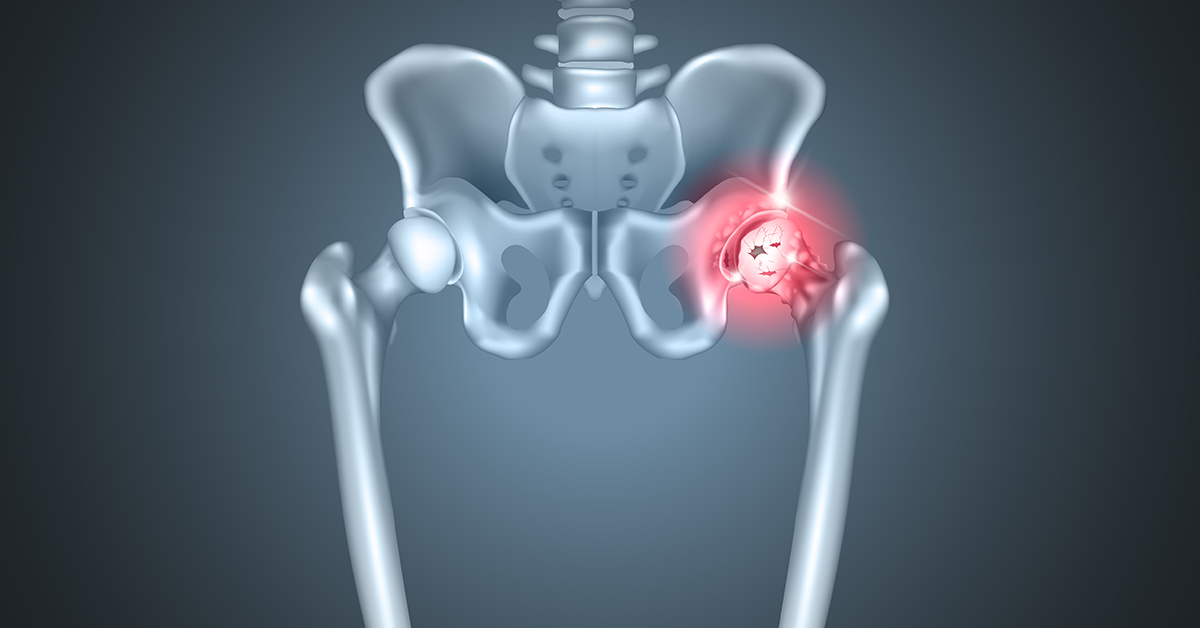
Are Hip Implants Made of Plastic?
Hip replacement surgery has become a common and highly effective procedure for those suffering from severe hip pain and mobility issues, often due to conditions like osteoarthritis. A crucial aspect of this surgery is the material used for the hip implant. While many might wonder if hip implants are made of plastic, the answer is more nuanced. This article will explore the use of XLPE (cross-linked polyethylene) and how it compares to other materials used in the tibial component of hip implants.
The Role of Plastic in Hip Implants
Hip implants consist of several components, including the femoral head (ball), the acetabular cup (socket), and the tibial component, which is part of the knee replacement system but relevant in understanding implant materials. The acetabular cup often includes a liner made from polyethylene, a type of plastic. In recent years, cross-linked polyethylene (XLPE) has gained popularity due to its enhanced properties.
What is XLPE?
Cross-linked polyethylene (XLPE) is a type of plastic that has undergone a process to increase its cross-links, making it more durable and wear-resistant. Here are some key benefits of XLPE:
- Enhanced Wear Resistance: XLPE is significantly more wear-resistant than conventional polyethylene. This means it can withstand the friction and pressure of joint movement for longer periods, reducing the risk of implant wear and loosening.
- Reduced Particle Debris: As a hip implant wears over time, tiny particles can break off and cause inflammation or other complications. XLPE produces fewer wear particles, which can lead to a lower risk of osteolysis (bone loss) and implant failure.
- Improved Longevity: Due to its durability and reduced wear, implants made with XLPE are often more long-lasting, providing better outcomes for patients and reducing the need for revision surgeries.
XLPE vs. Other Materials
While XLPE is a leading material for the acetabular liner in hip implants, it's essential to compare it with other commonly used materials:
- Conventional Polyethylene: Traditional polyethylene was the standard before the advent of XLPE. While it is still used, it is less wear-resistant and can produce more wear particles, leading to higher rates of complications over time.
- Metal: Metal-on-metal (MoM) hip implants use metal for both the femoral head and the acetabular cup. While they offer durability, they have fallen out of favor due to concerns about metal ions released into the body, which can cause adverse reactions.
- Ceramic: Ceramic-on-ceramic (CoC) hip implants use ceramic materials for both the femoral head and the acetabular liner. Ceramics offer excellent wear resistance and produce minimal debris. However, they can be more brittle and prone to fracture compared to XLPE.
- Oxidized Zirconium (OXINIUM): OXINIUM is a ceramic-coated metal used in some hip implants. It offers the wear resistance of ceramic with the strength of metal. When combined with XLPE liners, it can provide excellent durability and longevity.
The Benefits of XLPE in Hip Implants
Using XLPE for the acetabular liner in hip implants offers several advantages:
- Reduced Wear: The enhanced wear resistance of XLPE means the implant is less likely to wear down over time, which can lead to longer-lasting results.
- Lower Risk of Complications: With fewer wear particles produced, there is a reduced risk of inflammation, osteolysis, and other complications.
- Enhanced Patient Outcomes: Patients with XLPE liners often experience better long-term outcomes, with improved joint function and reduced pain.
While hip implants can include components made from various materials, the use of plastic, specifically cross-linked polyethylene (XLPE), has proven to be a significant advancement. XLPE offers superior wear resistance, reduced particle debris, and improved longevity compared to traditional materials. If you are considering hip replacement surgery, discussing the use of XLPE with your orthopedic surgeon can help ensure you receive the best possible implant for your needs, leading to a more comfortable and active life post-surgery.
